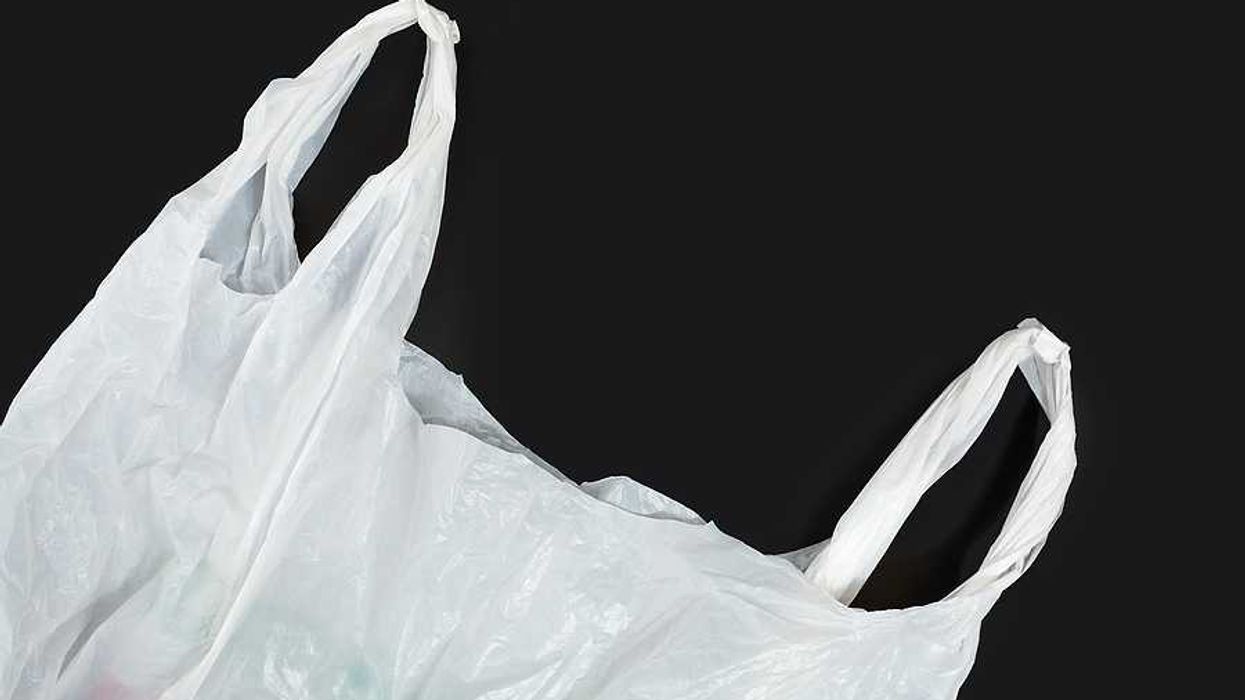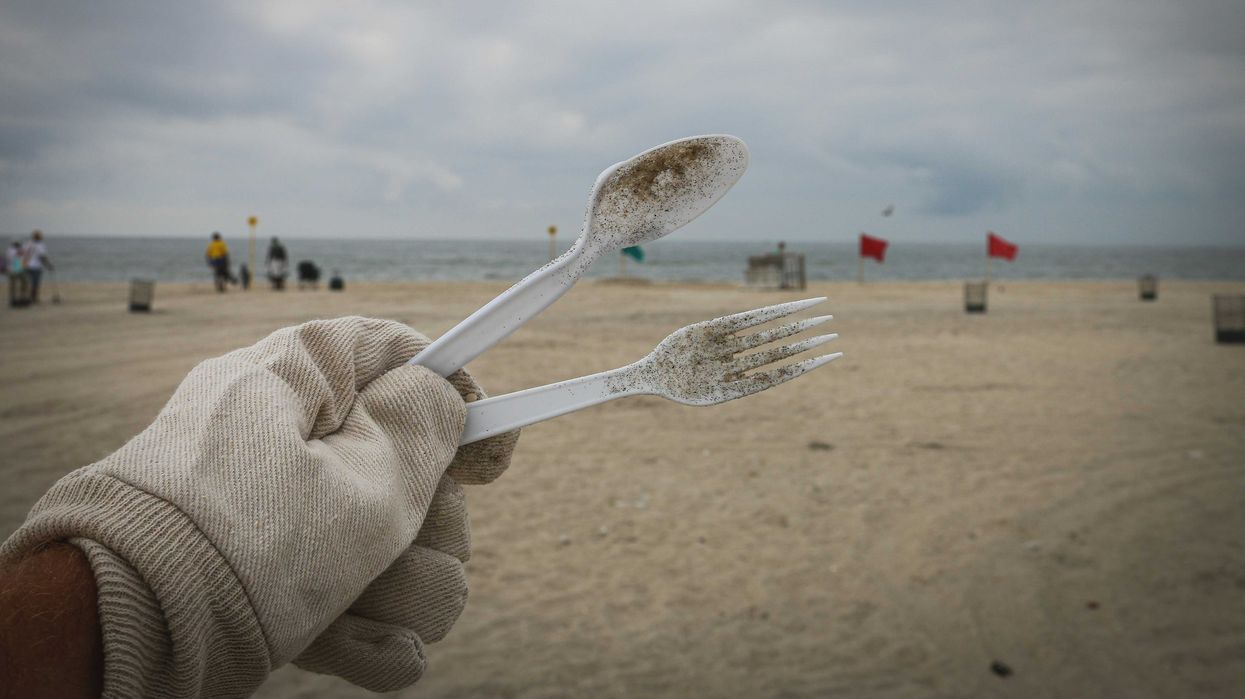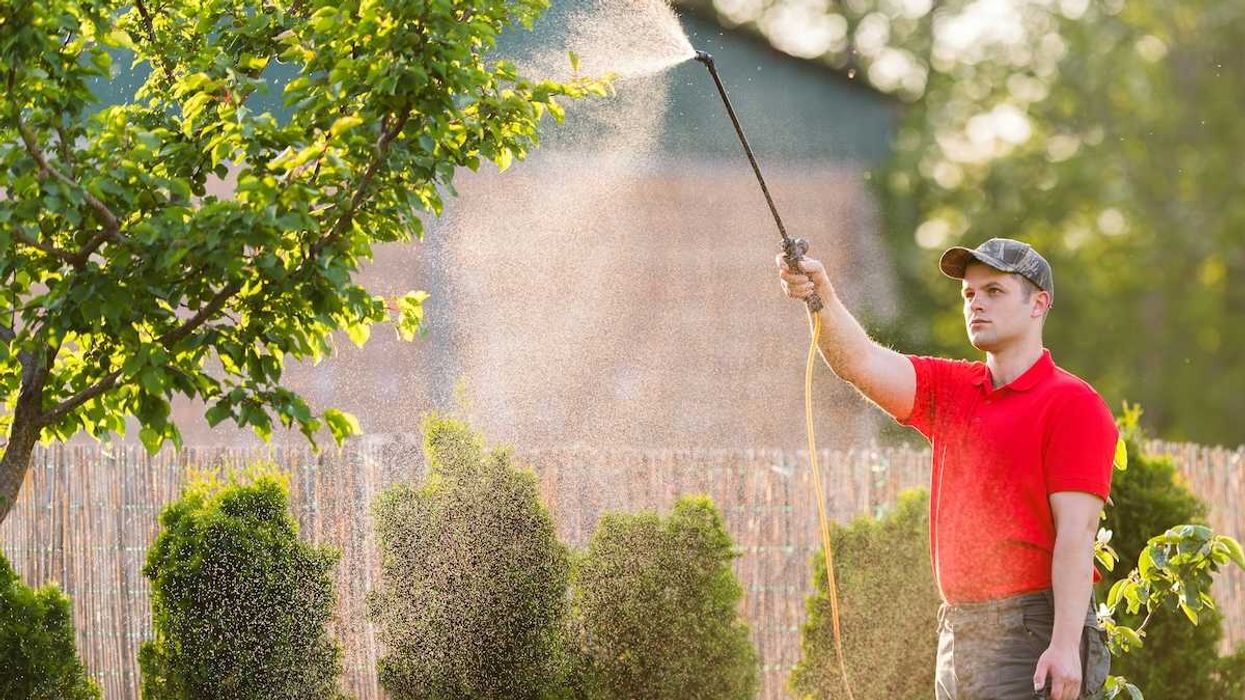A new approach is necessary to address the common misconceptions about recyclable plastics, emphasizing the need for individual contributions to sustainability.
Kaitlyn Wells and Katie Okamoto report for The New York Times.
In short:
- Despite recycling labels, most plastics end up as environmental pollutants, breaking down into microplastics harmful to ecosystems and human health.
- The article presents 12 actionable tips for reducing reliance on single-use plastics, focusing on sustainable lifestyle adjustments over perfection.
- Jeremy Gregory, PhD, highlights the environmental impact of acquiring multiple reusable items, advocating for prolonged use and thoughtful purchasing.
Why this matters:
Reducing plastic use can lead to cleaner communities and environments, less waste in landfills, and a decrease in the overall environmental footprint. By choosing reusable, sustainable alternatives, consumers can drive demand for more environmentally friendly products, encouraging companies to innovate and reduce their reliance on plastics.
Too much plastic is ending up in the ocean — and making its way back onto our dinner plates.














